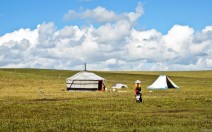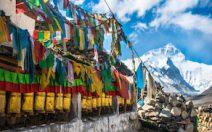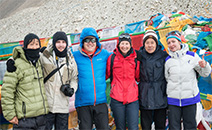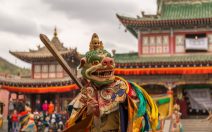Ranwu Lake Rawok Lake, named Ngan-tso in Tibetan, it is located in the Ranwu town, Chamdo Prefercture of the Tibet Autonomous Region, about 127 kilometers from Bome county in the west and 90 kilometers from Baxoi County in the east. It is ranked as the largest lake in eastern Tibet, lies on the edge of National Road 318.
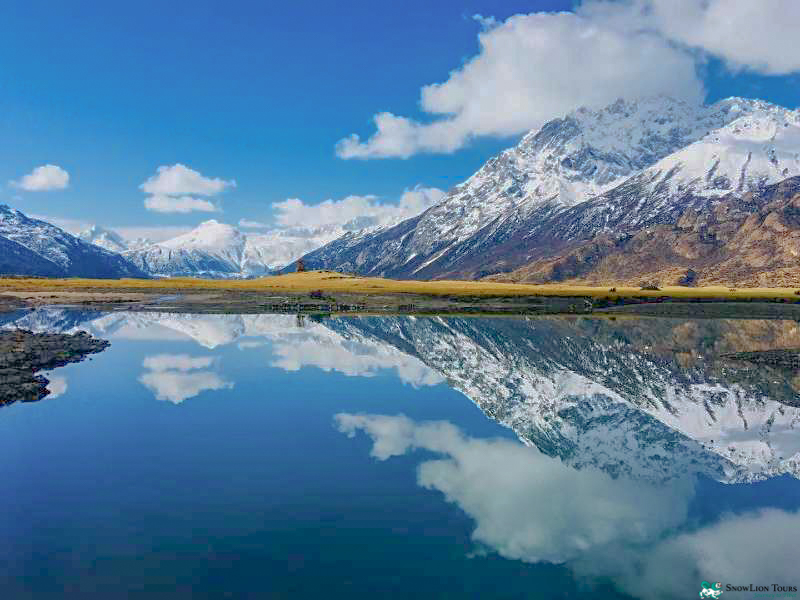
Ranwo Lake
It is the main source of Palong Zangpo, a tributary of the Brahmaputra River, and also the origin of the Yarlung Grand Canyon. The lake covers an area of 22 square kilometers, with a length of 26 kilometers and 3,807 meters above the sea level.
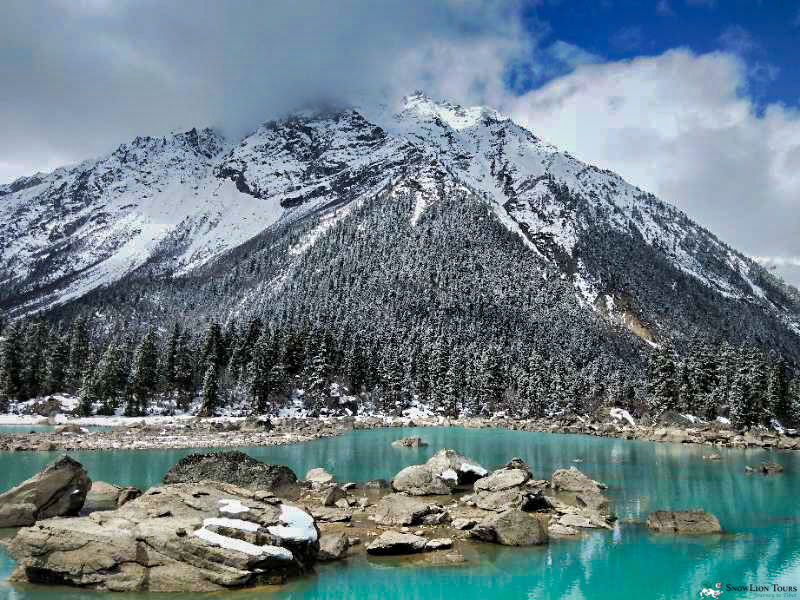
Rawok Lake
The mainly supply water for Ranwu lake is melt water from the snowy mountains and glacier around the lake, which make Ranwu is a fresh lake because of having enough supply water from these sources. Besides, it is surrounded by many scenic spots such as the Gangrikarpo Snow Mountain in the southwest, the Lhegu Glacier in the south and the Basula Peak in the northeast. The blue sky, green forests around the lake and the white snow mountains consists of a tranquil and peaceful picture of the lake. It turns to different color in accordance with seasonal changes.
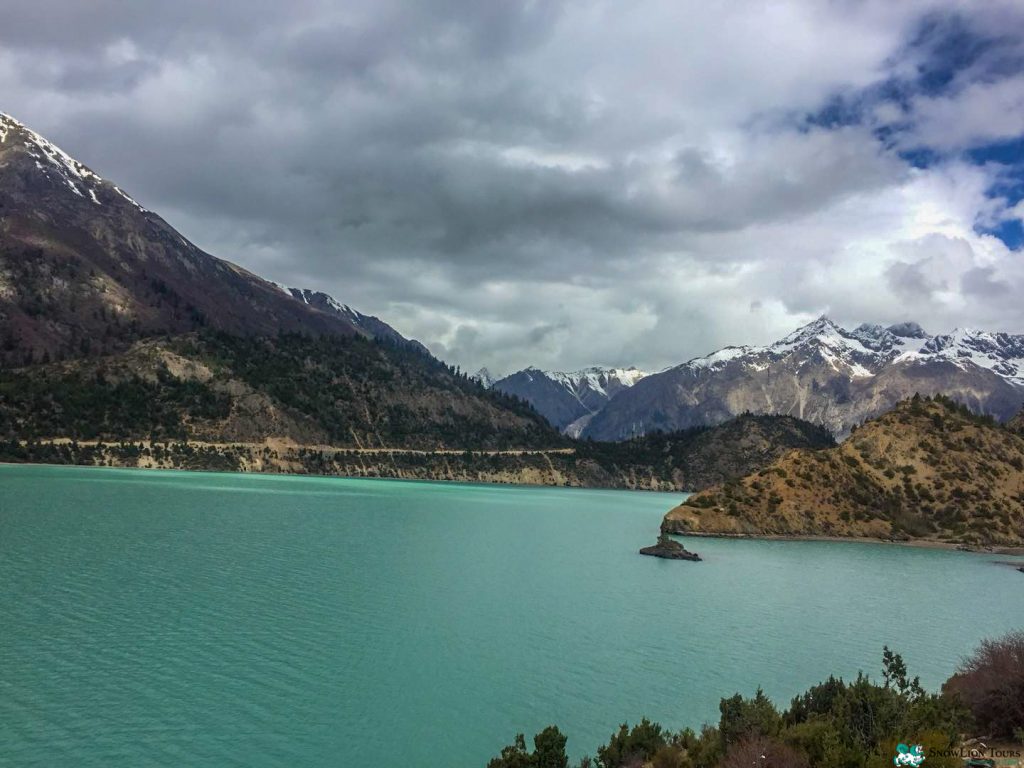
Ranwo Lake
Continue walk along the Ranwu Lake about 2-3 hour/ 31km, you will reach the Lhegu Glaicer, “Lhegu” because it is situated near a village– Lhegu Village. In Tibetan language, “Lhegu” means “a hidden village of idyllic beauty”. Lhegu Glacier consists of 6 major parts-the Meixi Glacier, Yalong Galcier, Ruojiao Glacier, Dongga Glacier, Xiongjia Glacier and Niuma Glacier– each encompasses the Lhegu Village.
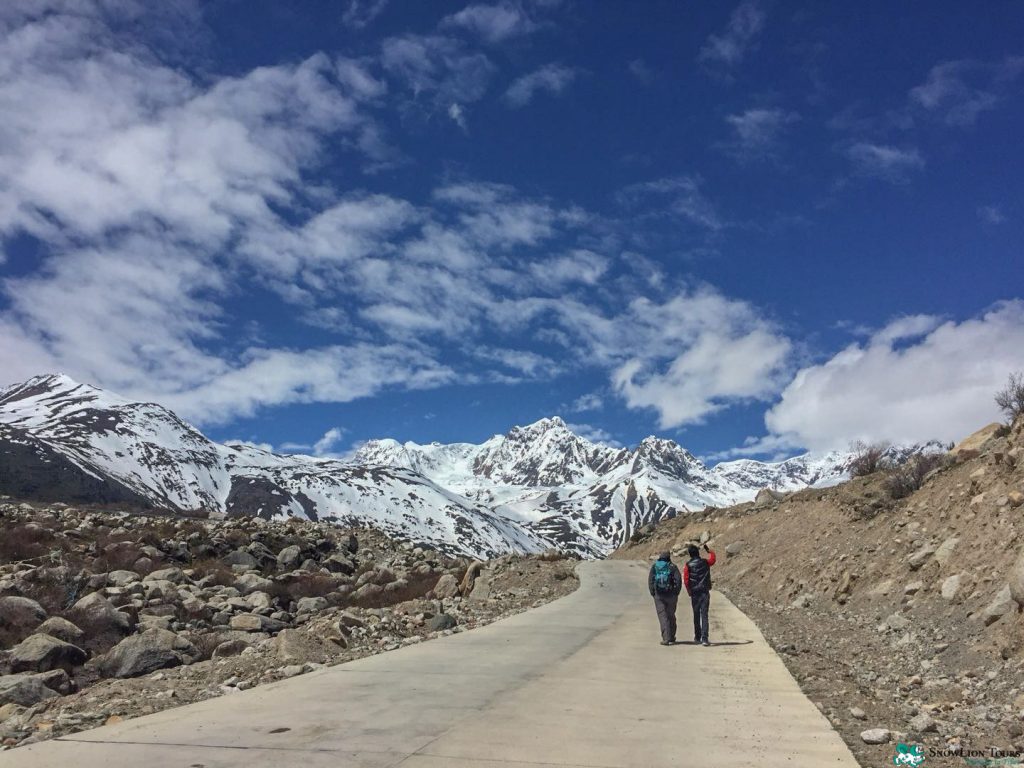
Hiking to Lhegu Glacier
Lhegu Glacier is one of the famous Glacier in Tibet. This region offers you a stunning natural scenic view. Then we will walk back to the Ranwu Lake and stay in Ranwok Guesthouse.
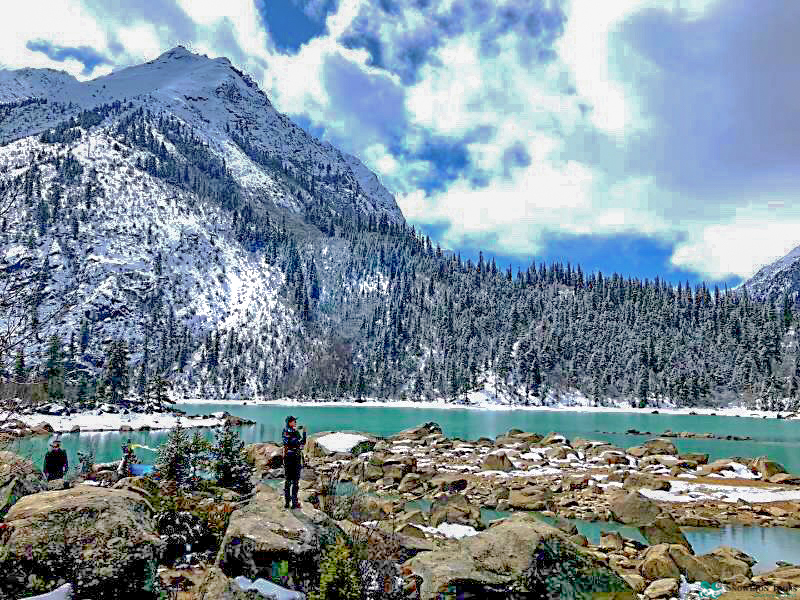
Ranwo Lake is surrounded by forest and snow mountains.
